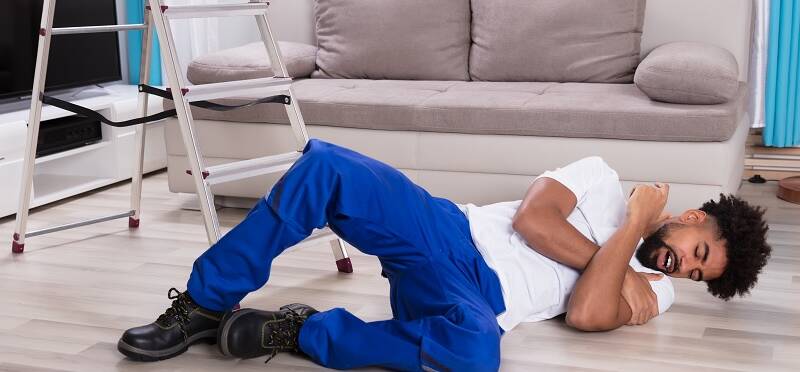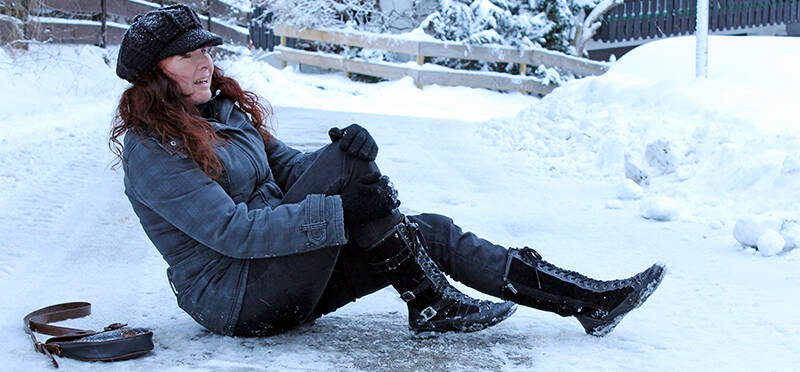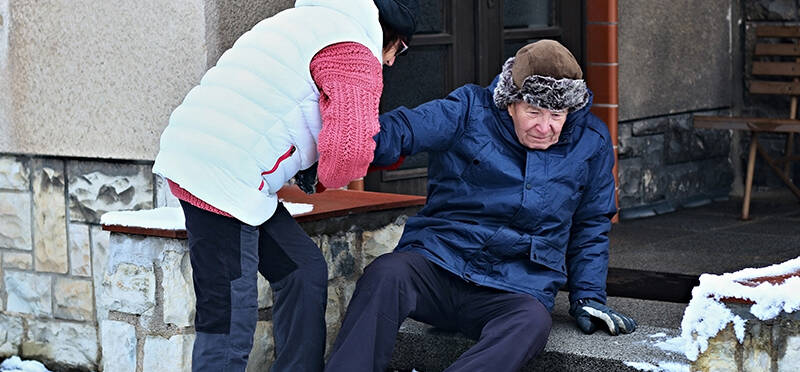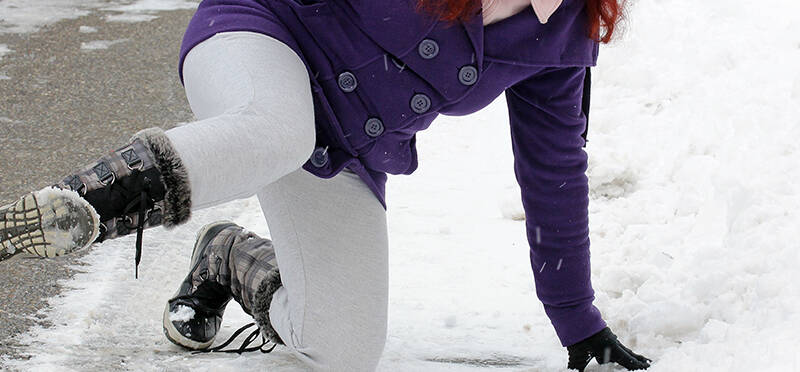6 Ways A Vestibular Physical Therapist Can Help You Put Falls in the Past
Posted on February 26, 2025 by Peter Batz, PT, DPT, OCS, CMTPT, AIB-VRC
A National Council of Aging (NCOA) study found that one out of four Americans over 65 falls each year. However,...
(more…)









